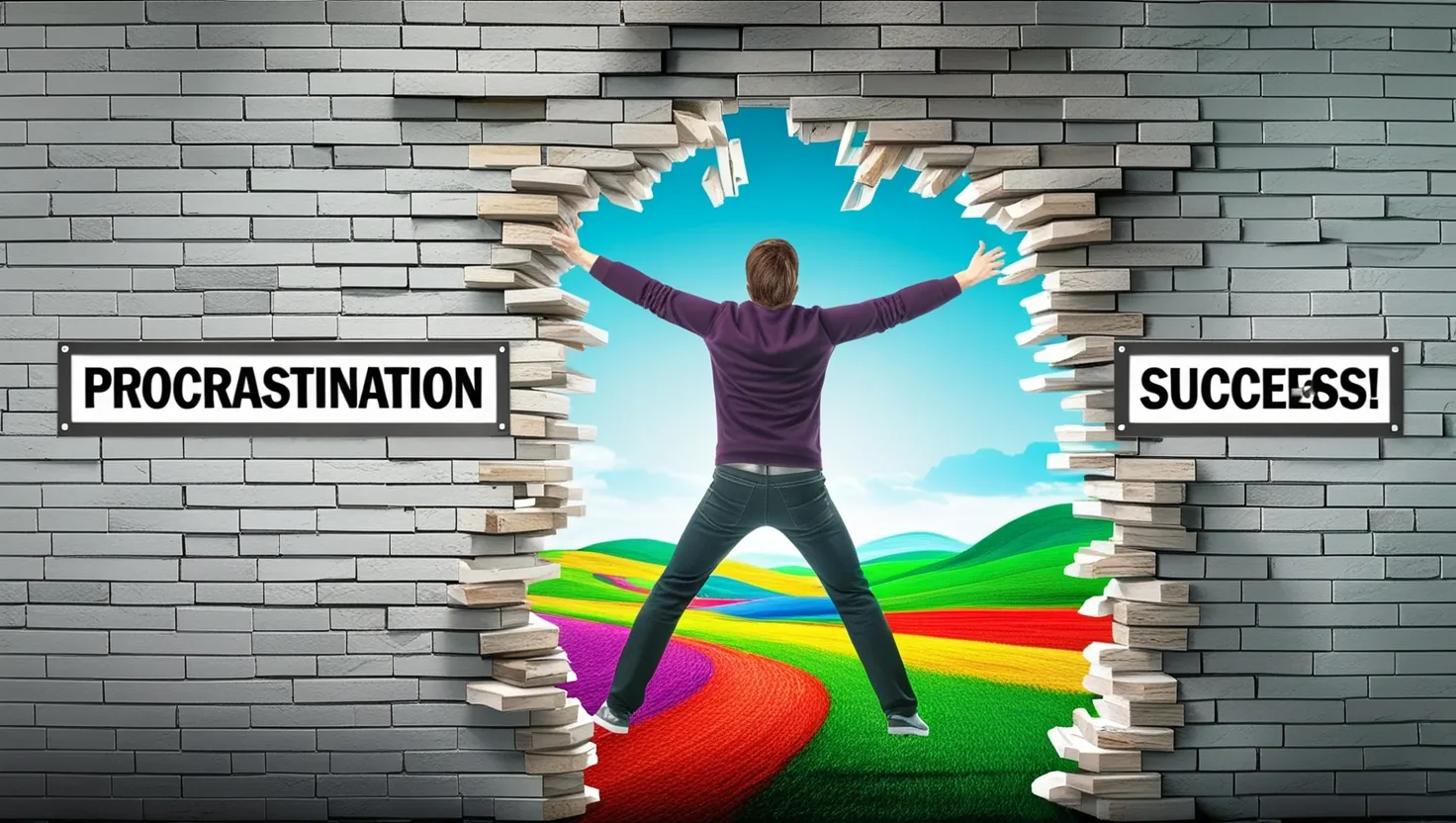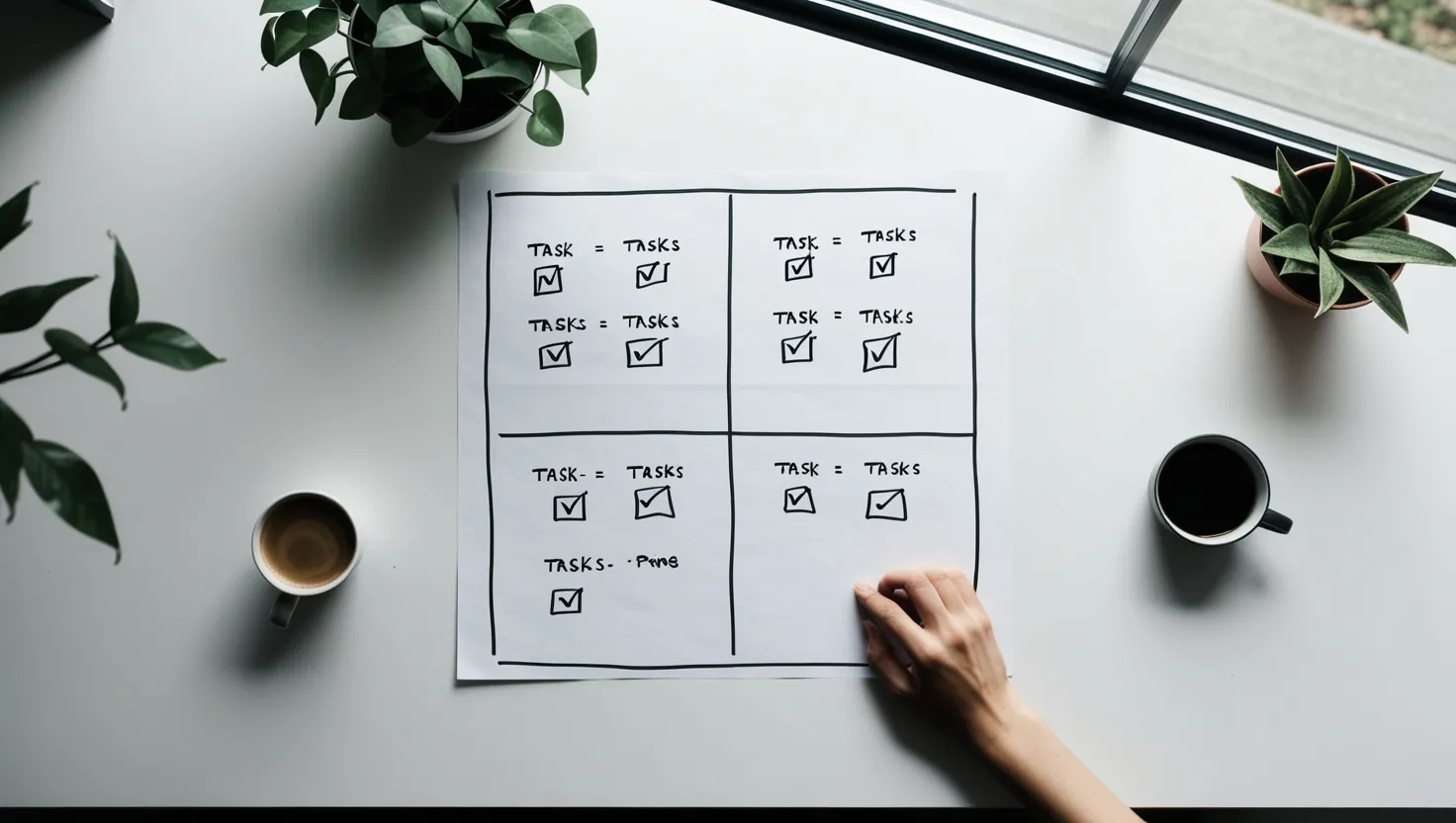Procrastination is a universal struggle, a silent adversary that can turn even the most determined individuals into masters of delay. But what if you could transform this habit of postponement into a catalyst for immediate action? Here are seven procrastination-busting techniques designed to help you leap into productivity with ease and determination.
The 5-Second Rule: A Countdown to Action
Imagine standing at the edge of a pool, hesitant to take the plunge. The water looks inviting, yet the fear of the unknown keeps you frozen. This is where the 5-Second Rule comes into play. Count backward from 5 to 1, and then immediately start the task. This simple yet powerful method bypasses overthinking and triggers action before your brain can rationalize delay.
“As soon as you start moving, you’ll feel a sense of momentum. It’s like Newton’s first law of motion: an object at rest will remain at rest, and an object in motion will continue to move,” says Mel Robbins, the creator of this rule. By counting down, you create a brief window where your brain cannot intervene with excuses, allowing you to take that crucial first step.
Micro-Commitments: The Power of Tiny Steps
Sometimes, the task ahead seems so daunting that it’s easier to do nothing at all. This is where micro-commitments come in – breaking down the task into tiny, manageable steps. Commit to working on the task for just two minutes. Often, this initial momentum leads to continued progress.
Think about it: if you were to start writing a novel, the task might seem overwhelming. But if you commit to writing just one sentence, it becomes doable. Once you’ve written that first sentence, the next one doesn’t seem so hard, and before you know it, you’ve made significant progress.
The “Eat the Frog” Technique: Tackling the Tough Stuff First
Brian Tracy’s “Eat That Frog” technique is a straightforward yet effective strategy. It involves tackling your most challenging or unpleasant task first thing in the morning. Completing this task early provides a sense of accomplishment and makes other tasks seem easier.
“Eat a live frog first thing in the morning and nothing worse will happen to you the rest of the day,” Tracy says, quoting Mark Twain. By getting the hardest task out of the way early, you set a positive tone for the rest of the day and build momentum that carries you through.
Temptation Bundling: Making Chores Enjoyable
Why not make the tasks you’ve been avoiding more enjoyable? Temptation bundling involves pairing an activity you enjoy with a task you’ve been procrastinating on. For example, listen to your favorite podcast only while exercising or cleaning.
This technique leverages the psychological principle of association. By linking a pleasurable activity with a mundane task, you create a positive connection that makes the task more bearable and even enjoyable. So, the next time you’re cleaning the house, imagine it as an opportunity to catch up on your favorite show.
The Seinfeld Strategy: The Power of Streaks
Comedian Jerry Seinfeld once shared a strategy he used to maintain his writing habit. He would mark off each day he worked on his writing on a calendar, aiming to create a chain of marked days. This visual reminder motivated him to maintain the streak.
This technique taps into our innate desire for consistency and the fear of breaking a streak. By seeing a chain of marked days, you’re more likely to continue the habit, even when you don’t feel like it. So, grab a calendar and start marking off those days – it’s a simple yet effective way to build habits.
Implementation Intentions: Planning for Success
Decision fatigue is a real obstacle to productivity. Every decision you make drains a bit of your mental energy, leaving you less capable of making subsequent decisions. Implementation intentions help mitigate this by creating specific “if-then” plans for tasks.
For example, “If it’s 2 PM, then I’ll start writing my report.” This technique reduces decision fatigue and increases follow-through. By planning out your actions in advance, you eliminate the need to make decisions in the moment, making it easier to stick to your plans.
The 10-10-10 Rule: A Long-Term Perspective
Sometimes, we need a broader perspective to motivate us. The 10-10-10 Rule involves considering the consequences of not doing the task in 10 minutes, 10 months, and 10 years. This perspective shift can provide the motivation you need to act now.
Ask yourself: “How will I feel in 10 minutes if I don’t start this task? What about in 10 months? And what about in 10 years?” This long-term view can make the task seem more urgent and important, helping you overcome the immediate resistance to starting.
Putting it All Together
Procrastination is not an insurmountable barrier; it’s a challenge that can be overcome with the right strategies. By combining these techniques, you can create a powerful arsenal against procrastination.
So, the next time you find yourself staring at a task you’ve been avoiding, remember: count down from 5, commit to just two minutes, eat that frog, bundle your temptations, mark off those days, plan your intentions, and consider the long-term consequences.
As the ancient Greek philosopher, Aristotle, once said, “We are what we repeatedly do. Excellence, then, is not an act, but a habit.” By turning these techniques into habits, you can transform procrastination into productivity and achieve excellence in all that you do.
Final Thoughts
Procrastination is a battle we all face, but it’s a battle we can win. The key is to find the right strategies that work for you and to be consistent in applying them. So, take a deep breath, count down from 5, and dive into that task you’ve been putting off.
Remember, every small step you take today sets the stage for the accomplishments of tomorrow. And as the saying goes, “The best way to get started is to quit talking and begin doing.” So, let’s get started.






